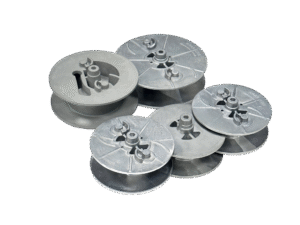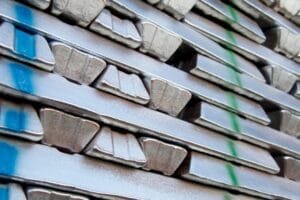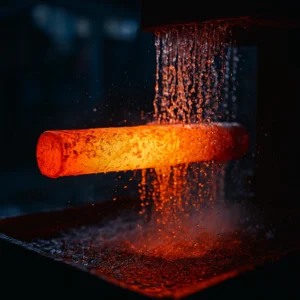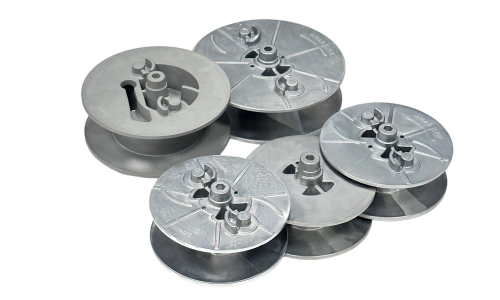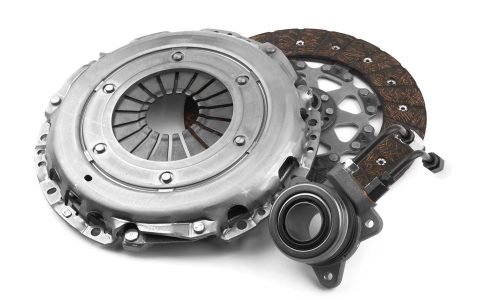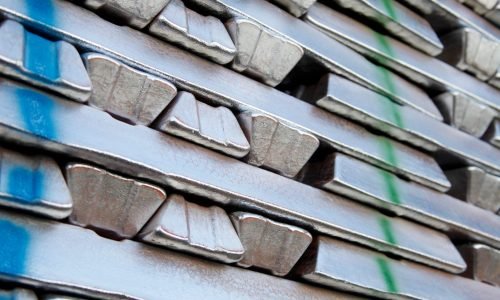In the rapidly evolving consumer electronics industry, the demand for miniaturized, high-precision components produced at scale is ever-increasing. Zinc alloy die casting has emerged as a pivotal manufacturing process, enabling the production of intricate parts essential for modern devices—from smartphones and wearables to home appliances. This technique offers unparalleled precision, durability, and efficiency, making it indispensable for today’s electronics manufacturers.
Why Zinc Alloy Die Casting Suits Electronics
Zinc alloys offer a unique combination of properties that make them exceptionally well-suited for electronic components. Their ability to produce detailed, durable, and aesthetically pleasing parts at high volumes addresses the core needs of the consumer electronics sector.
Exceptional Precision for Small Parts
Zinc’s low melting point and excellent fluidity allow it to fill molds with intricate details, capturing fine features and thin walls with high accuracy. This makes it ideal for manufacturing small components such as connectors, ports, and internal gadget parts that require tight tolerances and complex geometries.
Excellent Surface Finish & Plating Capability
The smooth as-cast surface of zinc components facilitates easy post-processing, including chrome and nickel plating. This not only enhances the aesthetic appeal of consumer electronics but also provides functional benefits like electromagnetic interference (EMI) shielding, crucial for maintaining device performance.
High Density & Strength for Durability
Zinc’s higher density imparts a robust feel to components, contributing to the perceived quality of consumer electronics. Its strength and rigidity are particularly beneficial for small parts like hinges and buttons, which must withstand repeated use without deforming or breaking.
Thermal Conductivity for Heat Dissipation
Zinc alloys exhibit good thermal conductivity, enabling efficient heat absorption and dissipation. This property is advantageous for components like heat sinks in electronic devices, helping to maintain optimal operating temperatures and prolong device lifespan.
Common Consumer Electronics Applications
The versatility of zinc die casting makes it applicable across various components in consumer electronics, where precision, durability, and aesthetics are paramount.
Precision Connectors and Ports
Zinc die casting is widely used to produce connector shells for USB, HDMI, and charging ports. The process ensures high dimensional accuracy and consistency, essential for reliable connections in devices like smartphones, tablets, and laptops.
Electronic Device Housings & Frames
For components such as camera bodies, handheld gaming device frames, and smart appliance parts, zinc die casting provides the necessary dimensional stability and fine detail. The resulting parts are not only structurally sound but also meet the high aesthetic standards of consumer electronics.
Internal Gears and Mechanisms
Zinc’s strength and wear resistance make it suitable for small mechanical parts within gadgets, such as printer gears and hinge components. These parts benefit from zinc’s ability to maintain precise dimensions and withstand mechanical stresses over time.
Zinc vs Aluminum for Electronics
While both zinc and aluminum are used in die casting for electronics, their properties make them suitable for different applications. Understanding these differences is crucial for selecting the appropriate material for specific components.
When to Use Zinc Alloy
Zinc is the preferred choice for smaller, complex parts where precision and surface finish are critical. Components like decorative logos, micro-connectors, and intricate internal mechanisms benefit from zinc’s superior castability and plating capabilities.
When Aluminum or Magnesium is Preferred
For larger housings or components where weight savings are essential, aluminum or magnesium alloys may be more appropriate. These materials offer lower density, making them suitable for parts like laptop casings or large enclosures where reducing weight is a priority.
Case Study: High-Precision Zinc Die Cast Component for a South Korean Electronics Brand
A prominent South Korean consumer electronics company sought to develop a new DSLR camera requiring a complex lens mount bracket with threads and thin walls—features that plastic could not adequately support. Collaborating with Cast-Mold, they opted for zinc alloy die casting to meet these stringent requirements.
The zinc die casting process delivered the necessary precision and strength, enabling the production of components with ultra-thin walls and intricate threading. Post-casting, the parts underwent a satin chrome plating process, enhancing their appearance and providing additional wear resistance. This integrated approach simplified the company’s supply chain by combining casting and finishing processes, demonstrating zinc die casting’s capability to meet tight tolerance and cosmetic needs in high-end consumer electronics.
结论
Zinc alloy die casting stands out as a manufacturing process that delivers precision, durability, and aesthetic quality at scale—attributes essential for the consumer electronics industry. Its suitability for producing intricate, high-quality parts makes it a valuable asset for designers and engineers aiming to meet the evolving demands of modern electronic devices.
Partnering with an experienced die casting supplier like Cast-Mold ensures that components meet all functional and economic requirements. Our expertise in material selection, precision casting, and finishing processes positions us to support your next consumer electronics project from concept to completion.

